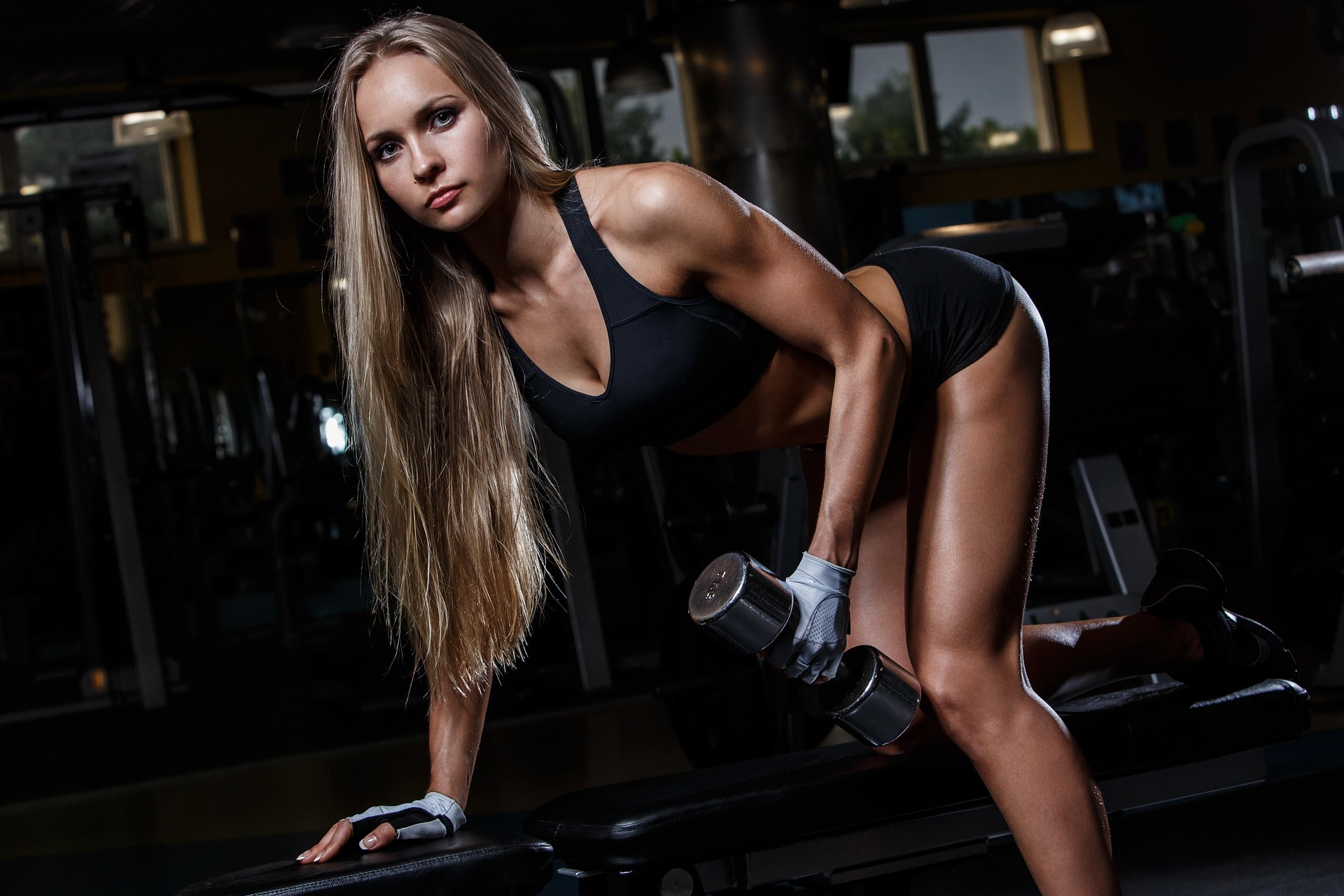Functional Fitness Is Taking Over the Gym Floor
What if your workout made everyday activities feel easier, not harder? That's the promise of functional fitness, a growing trend that trains your body to handle real-life movements. From picking up groceries to climbing stairs with ease, this approach to exercise is built on purpose, not aesthetics—and it's transforming how people think about fitness in 2025.
What if your workout made everyday activities feel easier, not harder? That’s the promise of functional fitness, a growing trend that trains your body to handle real-life movements. From picking up groceries to climbing stairs with ease, this approach to exercise is built on purpose, not aesthetics—and it’s transforming how people think about fitness in 2025.
The history and science behind functional training
Functional fitness is rooted in rehabilitation therapy, where movements are designed to restore strength, coordination, and mobility after injury. Over time, physical therapists and trainers saw its broader applications: why not train healthy people the same way to prevent injury and improve daily performance? Unlike traditional bodybuilding or cardio workouts that isolate muscle groups, functional training emphasizes integrated, full-body movements. Exercises mimic daily activities—lifting, reaching, rotating, squatting—to improve strength, flexibility, and balance simultaneously. The result is not just better fitness metrics, but better physical function. Science backs this up. A study in the Journal of Strength and Conditioning Research found that individuals who practiced functional training experienced significantly better improvements in stability and movement efficiency compared to those using standard resistance machines.
Why functional fitness is trending now
The COVID-19 pandemic forced many people to rethink their health and lifestyle. Home workouts surged, and with them came a focus on mobility, joint health, and longevity rather than sheer physical appearance. This gave rise to functional training’s popularity among all age groups. Gyms have responded by introducing more functional equipment—think resistance bands, kettlebells, balance trainers, and sandbags. Fitness influencers on social media now showcase workouts featuring Turkish get-ups and bear crawls instead of bench presses or bicep curls. People are realizing that practical strength is more valuable than sculpted arms. Moreover, as the U.S. population ages, there is increased demand for exercise modalities that enhance everyday ability rather than push maximal limits. Functional training offers a path to graceful aging and independent living, which resonates strongly with both older adults and younger generations looking for long-term health.
Benefits that go beyond the gym
Functional fitness delivers a wide range of physical and mental benefits. First, it reduces injury risk by strengthening stabilizing muscles and improving coordination. This is especially important for those who lead sedentary lifestyles or have physically demanding jobs. Second, it enhances core strength—not just the abs, but the entire muscle network that supports posture and movement. Better core activation translates to improved performance in sports and less back pain in everyday life. Mentally, functional workouts often feel more engaging. Because they involve complex movements and balance, they require focus and cognitive effort. This can lead to better mental resilience and even improvements in mood and stress management.
Finally, functional fitness is scalable. Whether you’re a beginner or elite athlete, exercises can be adjusted in intensity and complexity, making it an inclusive approach for nearly every fitness level.
Key exercises and how to start
You don’t need a fancy gym to begin functional training. Many exercises rely on bodyweight or simple tools like resistance bands and dumbbells. Here are a few foundational movements to incorporate into your routine:
- Squats and lunges (mimic sitting, standing, and walking)
- Planks and dead bugs (develop core stability)
- Kettlebell swings and farmer’s carries (improve grip strength and endurance)
- Step-ups and box jumps (enhance lower body power and coordination)
A good place to start is 2–3 sessions per week focused on movement quality over quantity. Work with a trainer who understands biomechanics or follow certified programs online that emphasize proper form and gradual progression.
The key is to stay consistent and pay attention to how your body moves outside the gym—functional fitness should make daily life feel smoother, not more strained.
Practical insights for integrating functional fitness
- Warm up with dynamic movements (e.g., arm circles, hip openers) to prepare joints for compound actions
- Focus on form before adding weight or speed to prevent injury
- Train multiple planes of motion (forward, lateral, rotational) for real-world strength
- Use unstable surfaces like balance pads to activate stabilizing muscles
- Prioritize recovery—mobility work, stretching, and rest days are essential for sustainable progress
Functional fitness isn’t just a workout trend—it’s a shift in how we define being fit. It’s about moving better, aging stronger, and feeling more capable in your everyday life. Whether you’re chasing a personal record or simply want to play with your kids without discomfort, functional training is a smart, science-backed path to real-world resilience.





